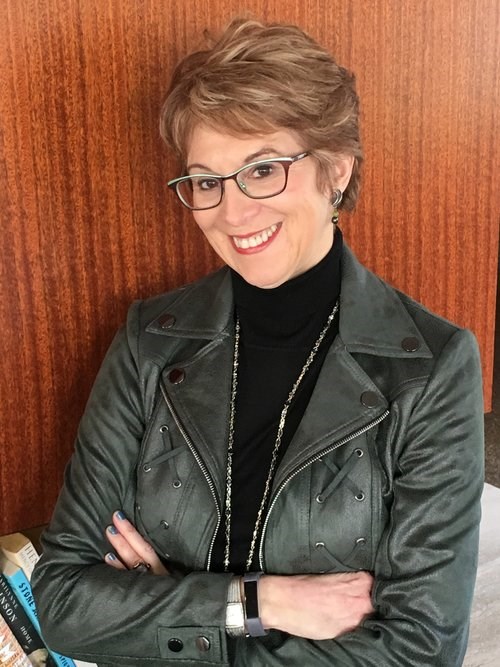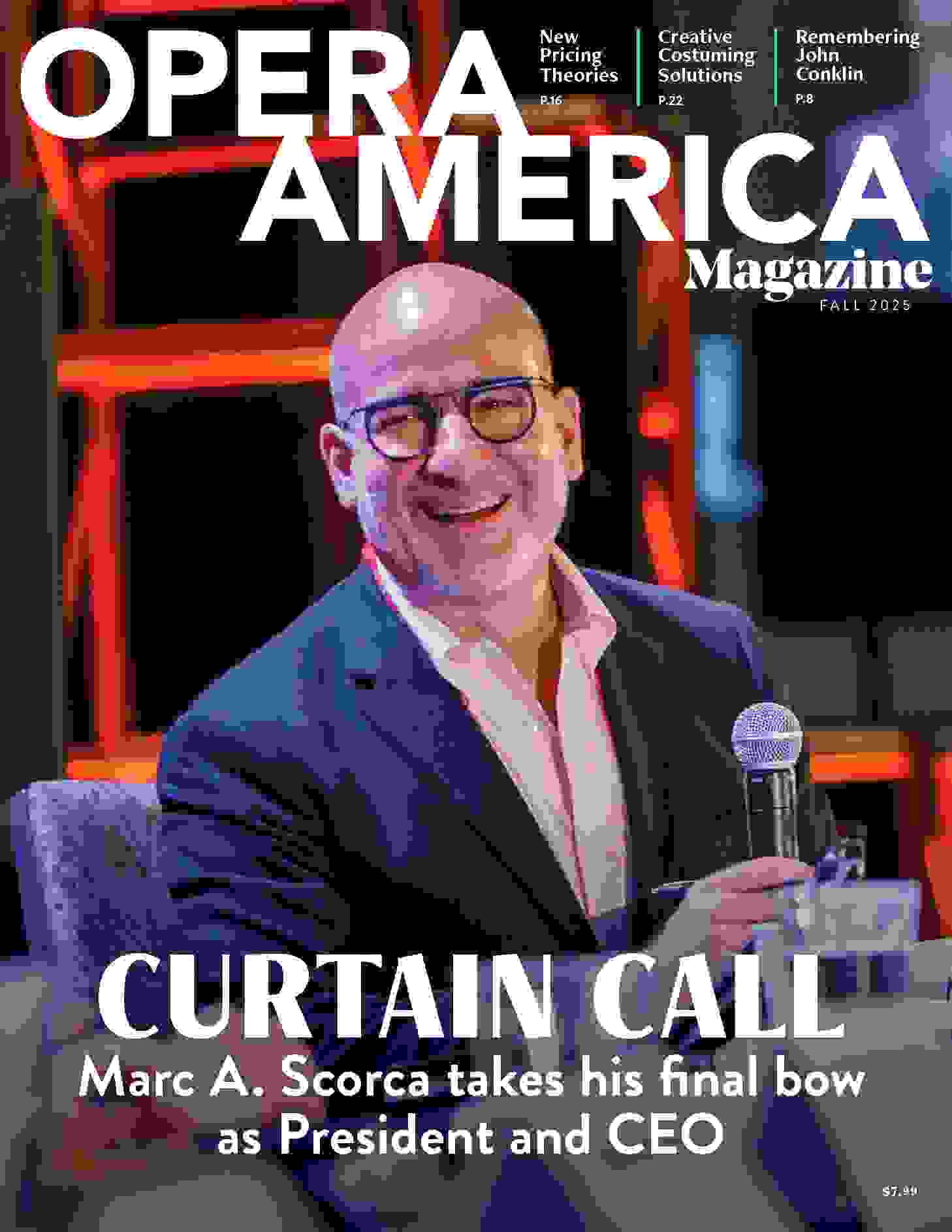A Question of Identity
Companies take steps to welcome people across the gender spectrum.
Newcomers to Austin Opera may smile at the signs on two office and rehearsal hall bathrooms. Reading “Whatever — just wash your hands,” the gender-neutral signage is one way that the company supports colleagues whose gender orientation may not fit into traditional categories of “male” and “female.”

Gender identity has taken its place, alongside race and ethnicity, as a focal point for the field’s equity, diversity and inclusion efforts. Meanwhile, the increasing openness of staffers, artists and backstage personnel in expressing their gender identity has helped awareness grow organically.
Annie Burridge, Austin Opera’s general director and CEO, was inspired to make her company’s restrooms gender-neutral after seeing them at a nearby university. She let her staff choose the signage. “While we haven’t yet had any of our personnel or visiting artists identify as non-binary,” she says, “we have found the signs very helpful in setting the tone for a collaborative, inclusive and welcoming workplace culture.”
After a transgender individual joined Utah Opera’s chorus last fall, conversations with the person led to several quiet yet significant changes. The language “ladies and gentlemen of the chorus” was dropped. In emails and dressing room signs, the company now uses voice types to categorize singers, rather than the terms “men” and “women.” Utah’s artistic director, Christopher McBeth, reports that the company has also created a dedicated privacy space in dressing rooms for individuals who prefer to be out of view — for any reason. “It could be recent surgery, being a new mother or transitioning,” McBeth says. “We should have been doing this 40 years ago.”
Minnesota Opera Costume Director Corinna Bakken worked with a transgender super in 2016 to create a comfortable, safe environment. “It was important to us both that a big deal not be made,” she explains. “I had my tailor give him the option of putting on a T-shirt prior to us coming into the room to fit him. I also asked about his comfort level changing in the male dressing rooms, or if he would prefer we provide a private space for him to at least put his ‘skins’ on. I checked back after we had begun dress rehearsals to ensure that our plan was working.”
When Chris Largent, a transgender man, interviewed for an associate technical director position at San Francisco Opera, he noted that restrooms and dressing rooms were still “very binary.” Since joining the company, he has worked to build awareness of gender-spectrum issues. “I look like a cisgender man, so people find out because I have told them,” he says. “They have come to me with questions like ‘One of my kids is talking about their gender — can you give me some insight?’” He wears a transgender symbol on his lapel while giving preshow backstage tours.
“We want our policies to catch up with our consciousness.”
— Charles Chip McNeal, San Francisco Opera
Last August, SFO created a new diversity, equity and community department, led by education department member Charles Chip Mc Neal. “We want our policies to catch up with our consciousness,” he explains. “It’s about creating safe, nurturing spaces for our professional workers, for the artists onstage and for the audience.” He adds, “We really don’t know whether Chris is the only transgender or non-binary person here.”
For those who want more information, the theater website stagesource.org posts a list of ways to foster gender diversity. It’s natural to be afraid of missteps, but the first item on the list is “Allow for mistakes.” And reaching out quietly to your self-identified employees is a logical first step. Says Utah’s McBeth, “It turned out to be less of a big deal than we anticipated. We were thoughtful about the tweaks we made, and everybody just treated everyone like a human being.”
This article was published in the Winter 2020 issue of Opera America Magazine.

Judith Kurnick
Judith Kurnick is a work/life strategy coach and the former director of communications at Houston Grand Opera.





